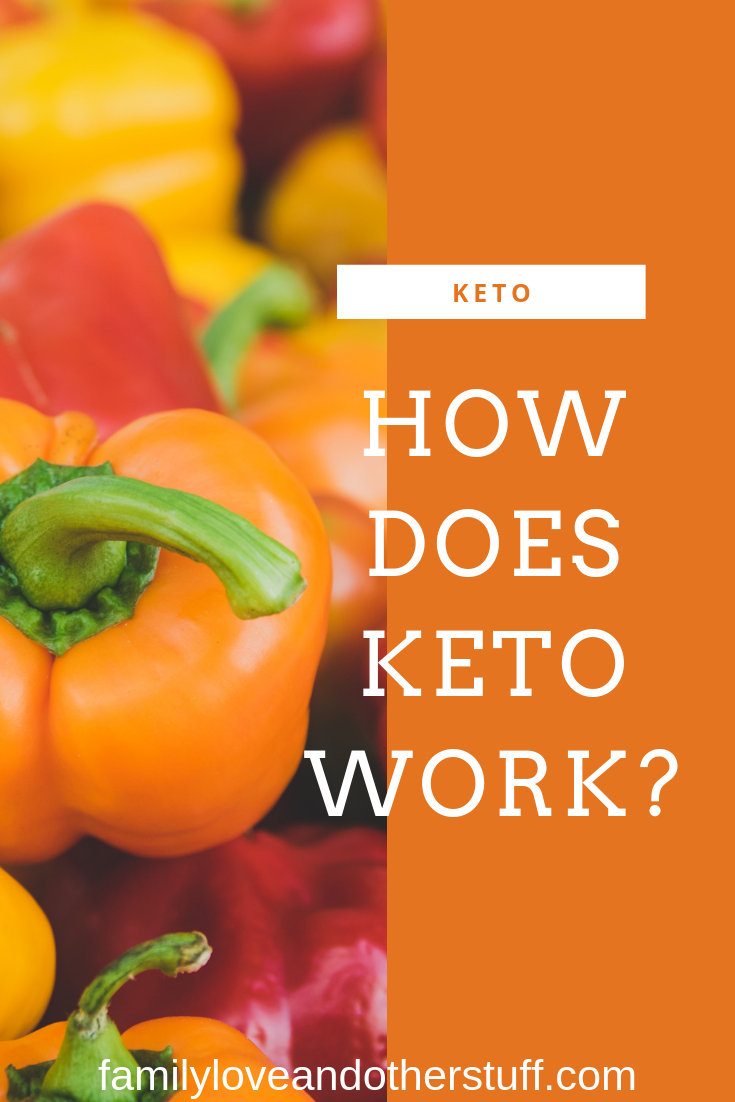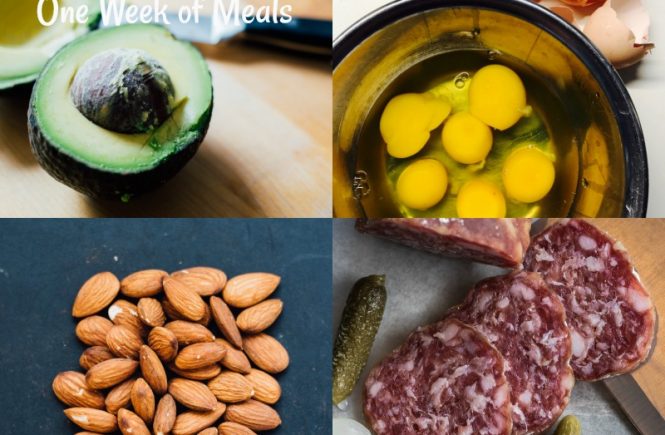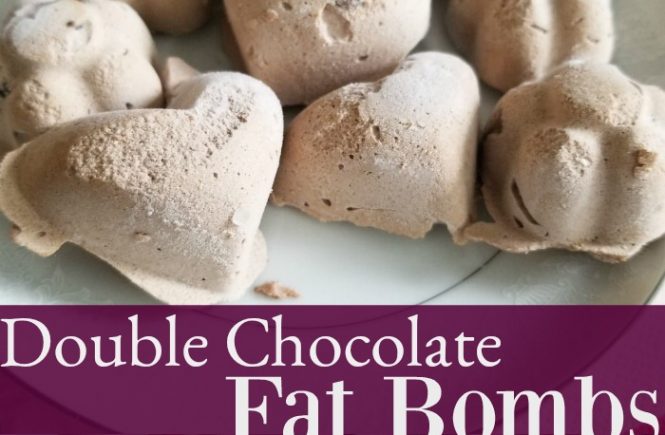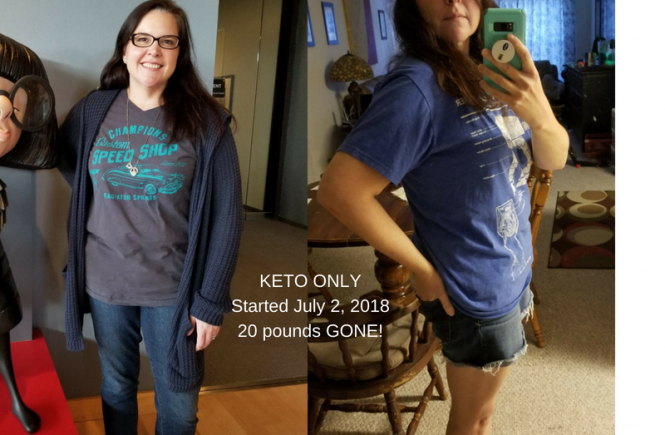How Does Keto Work?
After 13 months I’ve become somewhat of an expert on how Keto works. Down 40+ pounds, lost lots of inches, and gained a happier me. Let me explain.
It’s all about ketosis.
Attaining it and maintaining it.
First, the Keto way of eating is similar to many low-carb, high-fat diets. But, there is a difference. That difference is the intentional reduction of carbohydrates to the point of putting your body into ketosis. No other low-carb, high-fat diet does this.
Ketosis is a normal process that the body does every day, regardless of the number of carbs you eat. Your body processes different types of nutrients into the fuels that it needs. Proteins, fats, and carbs are all processed for use. The ketogenic diet, which is a low carb, high fat diet, ramps up this process.
When in ketosis, your body is in a metabolic state where most of the body’s energy comes from ketone bodies in the blood. Ketones are molecules that occur when your body burns fat as an energy source.
This is in contrast to a glycolysis state where blood glucose provides most of the energy. So this means your body is burning fat for energy instead of carbohydrates.
Why does this happen? Our bodies normally run on glucose for energy. We can’t create glucose and only store 24 hours-worth in our muscles and liver. Once this glucose is no longer available, we begin to burn stored fat. The ketogenic way of eating, therefore, eliminates glucose and causes the body to burn stored fat.

The before and after pictures above were taken almost exactly one year apart. 40 pounds down by eating Keto approved foods only. You can just tell by my face how much better I felt in the second picture. How much more comfortable I was in my own skin.
Read More: How To Calculate Net Carbs
About This Way of Eating
The Keto diet is low-carb, high fat, high protein, and these elements are eaten daily in these amounts: at least 65% of your food intake is from fat. This leaves you with about 30% proteins and the last 5% can be an additional 5% of fat or 5% of dark green low carb vegetables like dandelion leaves, kale, spinach, Swiss chard, etc.
Understanding what can and cannot be eaten is vital to making the keto diet work as a weight loss diet. Macronutrient, and tracking the intake of those nutrients, become part of the process of attaining and maintaining ketosis.
Macronutrients are the largest class of nutrients the body requires for energy. They include protein, carbohydrates, and fats. When we refer to “macros,” we are referring to these major nutrients. Since “macros” means large, macronutrients are those nutrients we need in large amounts.
There are three major macronutrients important to health and energy:
- Carbohydrates
- Healthy Fats
- Protein
Remember, the Keto Diet is low-carb, not no-carb. So there will be carbohydrates in the daily food that is eaten, just a much lower number than the average person eats. And, to replace the lost carbs there is an increase in protein and fat intake. This is why monitoring and tracking macronutrients each day helps to achieve success while on the keto diet.
Personally, the Carb Manager app has helped me tremendously for keeping track of my daily macros. To get the initial number of macros that my body needs I went to the ruled.me/keto-calculator, entered my weight/height/age/activity level and let the calculator do the work. Then, I added my macros to the Carb Manager app and only changed out the calculations as I lost weight.
Keto Related Content
- Low Carb Grocery Shopping List with Free Printable
- I Found the Best Me with Keto
- 3 Weeks of Ketogenic Meal Tracking
- A New Normal | How the Ketogenic Way of Eating Changed My Life
- Accountability Post: Carb Manager App w/ 1 Week of Meal Tracking Almond Chia Seed Pudding
- Maple Bourbon Pecan Cheesecake Bites Fat Bombs
- One Month of Ketogenic Meal Tracking | 30 pounds dropped
- Double Chocolate Fat Bombs
- What is the Ketogenic Way of Eating?
- What are the Health Benefits of Keto?
- How to Calculate Net Carbs





